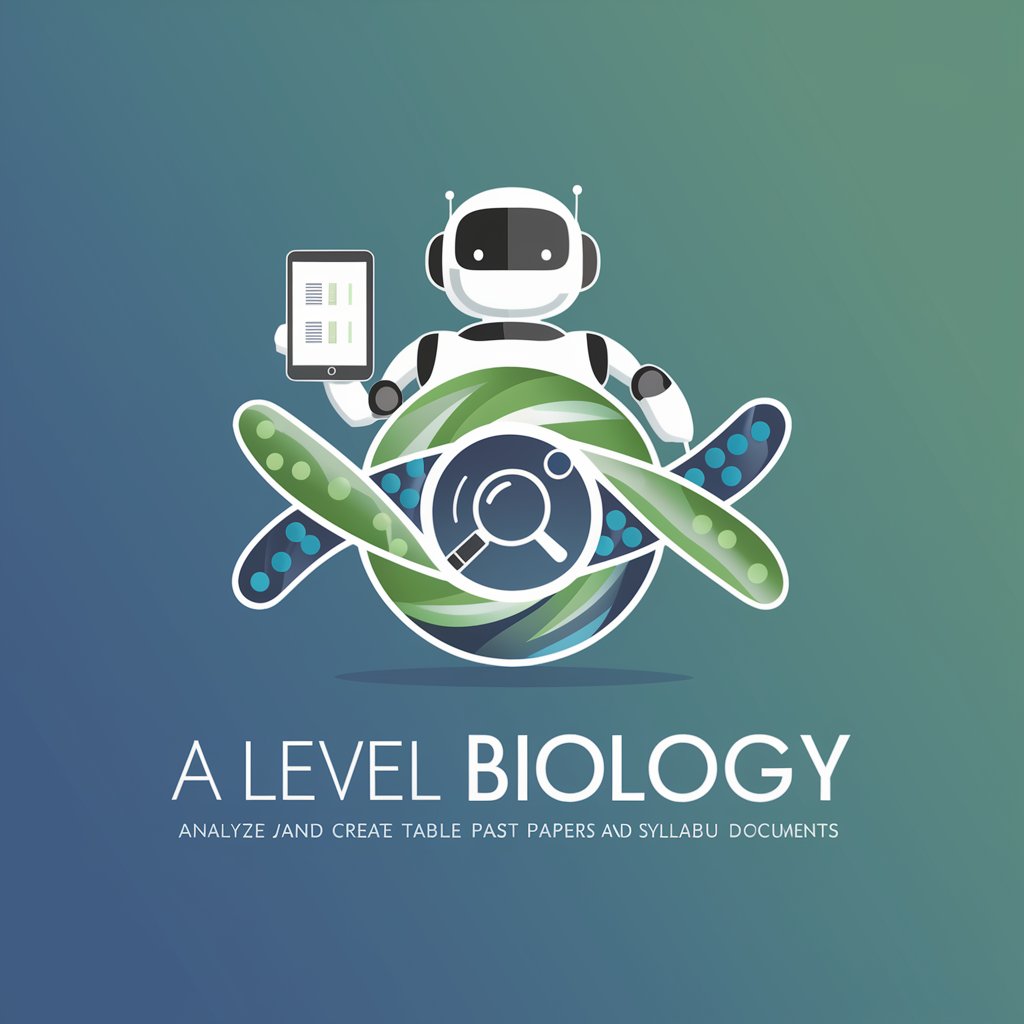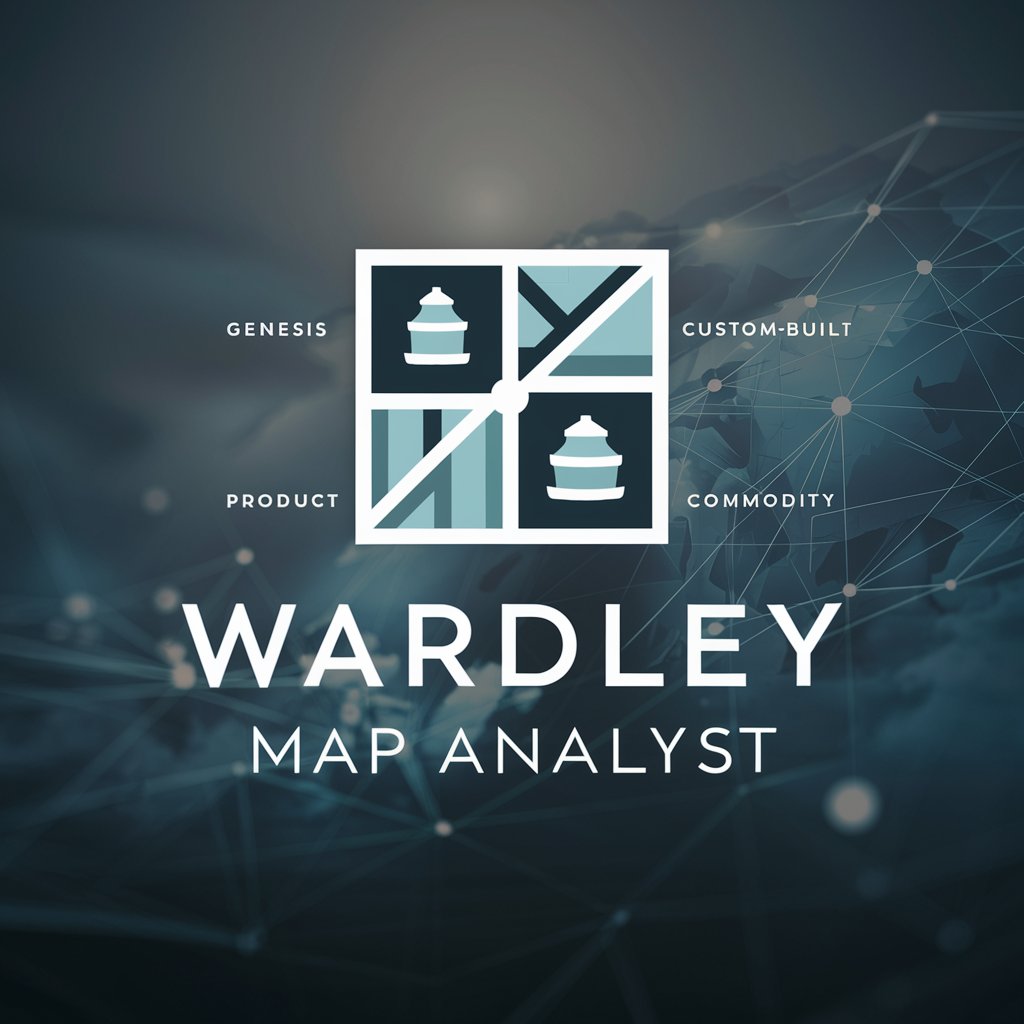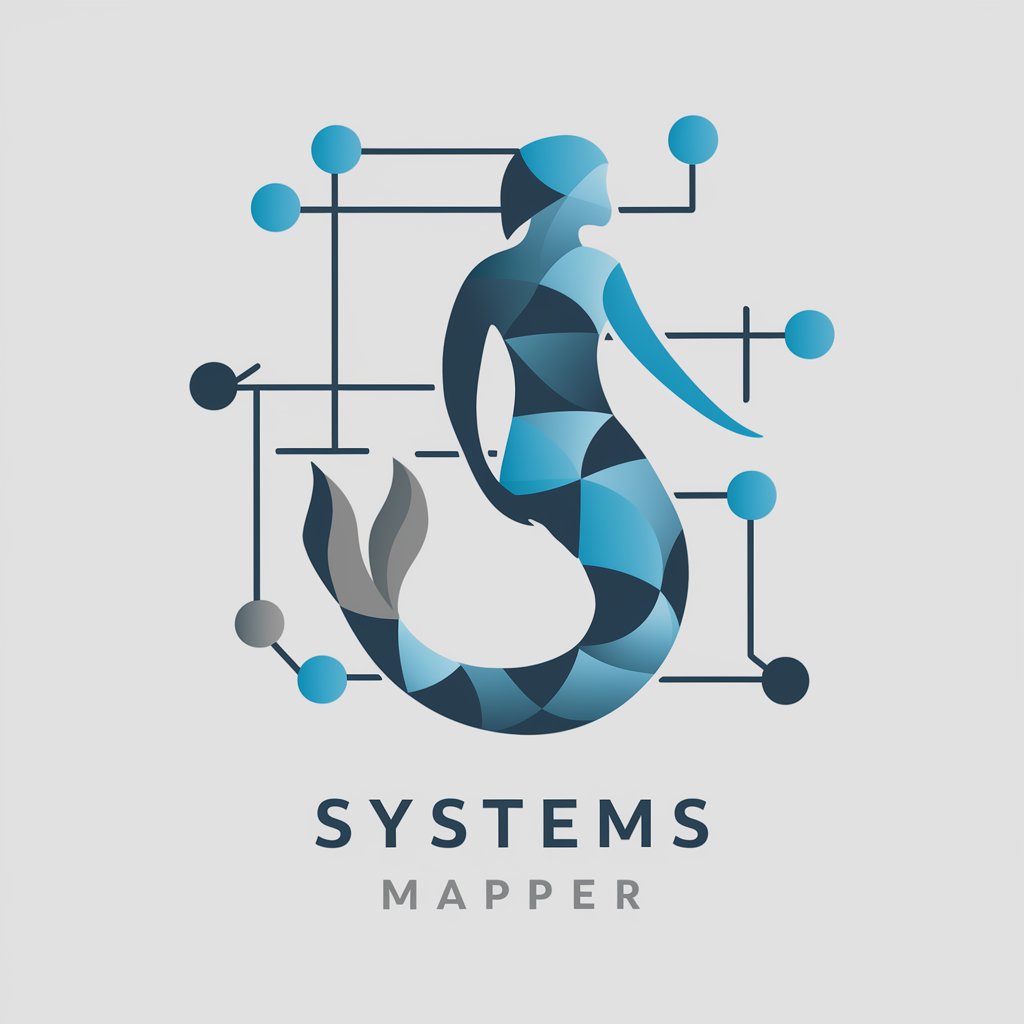
Introduction to Wardley Mapping - Introduction to Wardley Mapping

Welcome to your journey in mastering Wardley Mapping!
Strategize with AI-Powered Mapping
Explain the purpose and benefits of Wardley Mapping.
How do value chains contribute to situational awareness?
What are the main components of a Wardley Map?
Describe the process of developing a Wardley Map.
Get Embed Code
Introduction to Wardley Mapping
Introduction to Wardley Mapping is designed as a comprehensive guide to learning and applying the Wardley Mapping technique. This tool is structured to help users understand and visualize the value chain of their services or products within a competitive landscape. A Wardley Map provides a graphical representation of what activities are needed in a product or service, where these sit in terms of their lifecycle from commodity to novelty, and how these elements connect to each other. For example, a business can use Wardley Mapping to strategize over its IT services, identifying that while its server hardware is highly commoditized and could be outsourced or moved to cheaper cloud services, its customer relationship management software is critical and needs bespoke development to provide competitive advantage. Powered by ChatGPT-4o。

Main Functions of Introduction to Wardley Mapping
Training on basic concepts of Wardley Mapping
Example
Module 1 offers users foundational knowledge, such as understanding value chains and situational awareness, crucial for anyone beginning to map.
Scenario
An IT manager new to strategic planning can learn how each component of their service delivery contributes to broader business goals, identifying which IT services are critical and which are generic.
Guidance on creating detailed Wardley Maps
Example
Modules 2 and 3 provide instructions on constructing maps, including how to identify and categorize the maturity of different activities.
Scenario
A product manager can map out the development lifecycle of a new product, from initial concept through to market delivery, understanding which aspects need innovation versus those that can be standardized.
Using maps for strategic decision-making
Example
Module 4 emphasizes applying maps to real business strategies, identifying opportunities for cost-saving or investment.
Scenario
A business strategist might use a Wardley Map to decide whether to invest in a proprietary technology or use a more developed open-source alternative, based on their position in the value chain and industry evolution.
Ideal Users of Introduction to Wardley Mapping
Business Strategists
Strategists benefit by gaining a clear visual overview of their business landscape, which aids in making informed decisions about where to compete or invest.
Product Managers
Product managers use Wardley Mapping to understand and plan the development and evolution of products, helping them manage product lines more effectively by focusing on differentiating capabilities.
IT Managers
IT managers find Wardley Mapping beneficial for aligning IT infrastructure and services to the broader business strategy, especially in terms of resource allocation and identifying outsourcing opportunities.

Using Introduction to Wardley Mapping
Initial Setup
Visit yeschat.ai for a free trial without login; no need for ChatGPT Plus.
Explore Course Modules
Review the course modules to understand the structure and topics covered, from basic mapping concepts to advanced strategies.
Engage with Interactive Content
Interact with dynamic exercises and examples to reinforce learning and apply concepts practically.
Apply Learned Concepts
Start creating your own Wardley Maps using the guided tools provided to visualize and analyze strategic business landscapes.
Seek Feedback
Utilize the platform's feedback mechanisms to get expert advice on your mapping efforts and how to improve.
Try other advanced and practical GPTs
Love Letter
Craft heartfelt connections with AI

Cover Letter Composer
Craft Your Professional Future with AI

Video Sales Letter
Elevate Your Message with AI-Powered Persuasion

Letter Game
Unravel Words with AI

Memory Key
Empowering Secure Memories

Biology A Level Past Paper Vs Book Topics
Unlock Your A-Level Biology Potential

Introduction to Radio & Television
Explore the airwaves digitally!

中医圣人
Empowering TCM Knowledge with AI

Dress My Pet
Dress your pet with AI flair!

How to Dress Anyone
Style Smarter with AI

Damsel in This Dress
Fashion insights from AI with a chic twist.

How to Dress AI
Your AI-Powered Style Guide

FAQs about Introduction to Wardley Mapping
What is Wardley Mapping?
Wardley Mapping is a strategic planning technique that helps organizations visualize their value chain, assess the maturity of their components, and understand the competitive landscape.
Who should use Introduction to Wardley Mapping?
This tool is ideal for business strategists, product managers, and organizational leaders looking to enhance their strategic planning and situational awareness.
How does Introduction to Wardley Mapping help in decision making?
The tool guides users in creating maps that depict the current state of their business landscape, allowing for identification of opportunities and risks, thereby informing strategic decisions.
Can Introduction to Wardley Mapping be used for team collaboration?
Yes, the platform supports collaborative mapping workshops that engage multiple stakeholders in the mapping process, fostering alignment and shared understanding across teams.
What are the advanced concepts covered in the course?
Advanced modules include discussions on ecosystem models, climate patterns, organizational culture mapping, and strategies for managing uncertainty in complex business environments.





